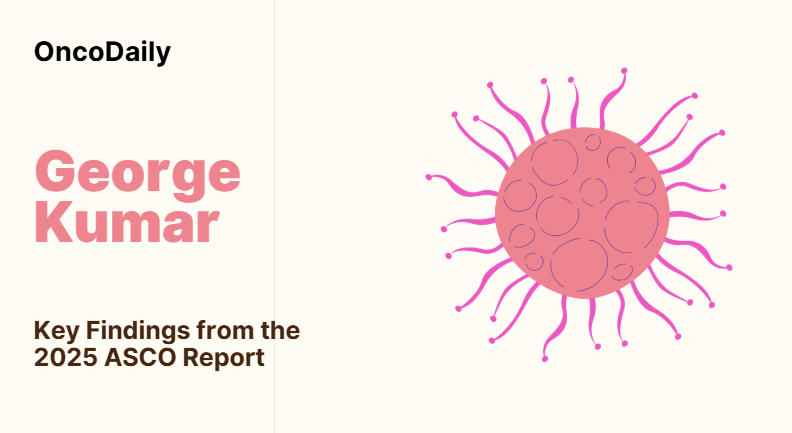George Kumar, Senior Director at AstraZeneca, shared on LinkedIn:
“Key Findings from the 2025 ASCO Report
Does Exposure to Wildfire-Dominated, Inhalable, Fine Particulate Matter Impact Survival in NSCLC?
1. Overall Effect: Worse Cancer-Related Survival with Higher Ambient PM₂.₅
- In a cohort of 18,585 NSCLC patients in California diagnosed between 2017 and 2020, researchers examined their exposure to particulate matter (PM₂.₅) over the 12 months following diagnosis .
- Using two exposure models:
- Mean annual PM₂.₅ exposure (ambient levels): higher exposure correlated with a 19.8% increased hazard of cancer‑related death (HR = 1.198) .
2. Surprising Findings with High PM₂.₅ Spike Days
- Interestingly, for each 10‑day period with PM₂.₅ levels ≥ 55 µg/m³ (“wildfire spike levels”), the hazard of cancer‑related death decreased by 7% (HR = 0.933) .
- This paradoxical association was particularly evident in the following subgroups:
- Current/former smokers: HR = 0.914
- Patients treated with immunotherapy: HR = 0.878
- Stage IV NSCLC patients: HR = 0.888
- The most pronounced effect was seen in patients who smoked, had stage IV disease, and received immunotherapy: their risk of cancer‑related death decreased by 21% (HR = 0.790) during high PM₂.₅ spike days .
- Dr. Surbhi Singhal and colleagues noted that some kind of immune microenvironment modulation might underlie this finding, though it remains speculative and requires further study
Reference: Singhal S, Riess JW, Alaniz M, et al: Association between wildfire-dominated PM2.5 exposure and non-small cell lung cancer survival in California. 2025 ASCO Annual Meeting. Abstract 10520. Presented May 31, 2025.”

More posts featuring George Kumar.


